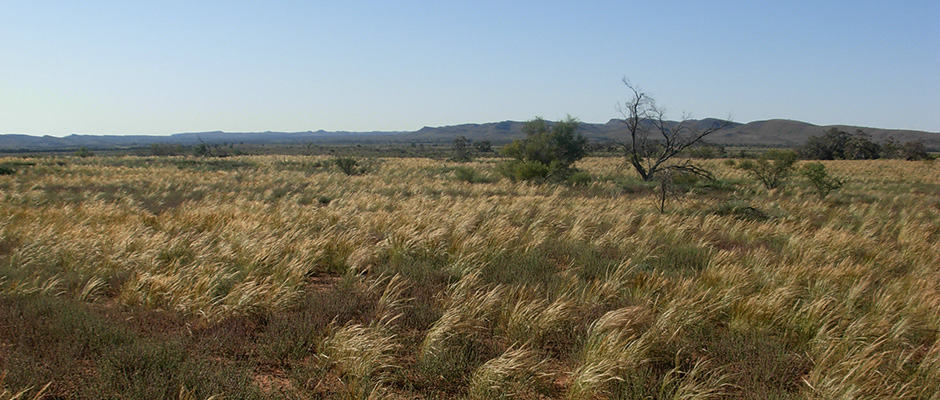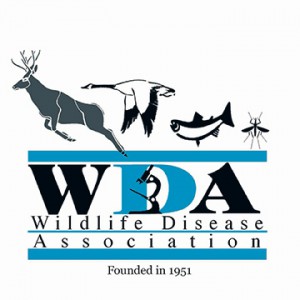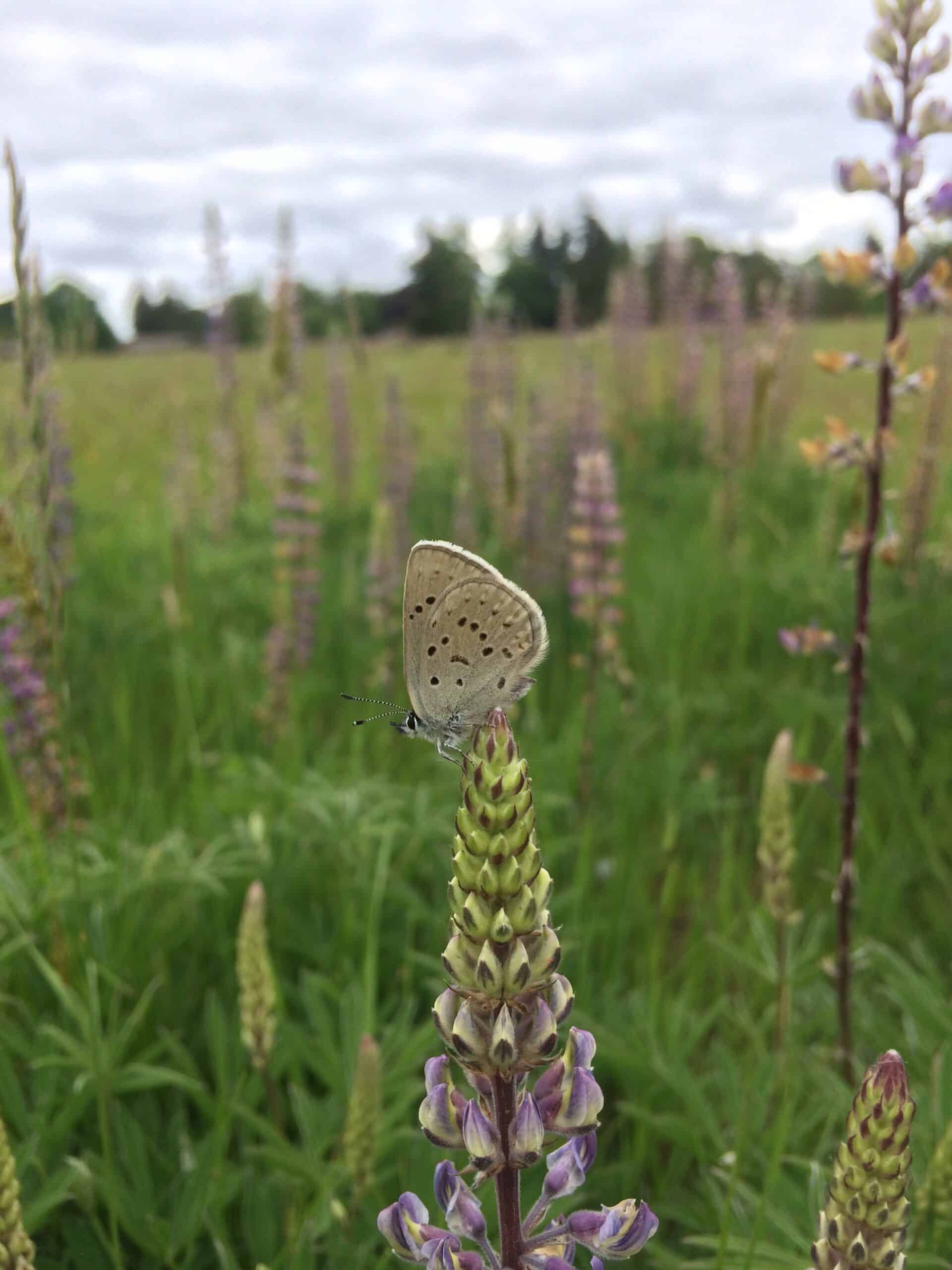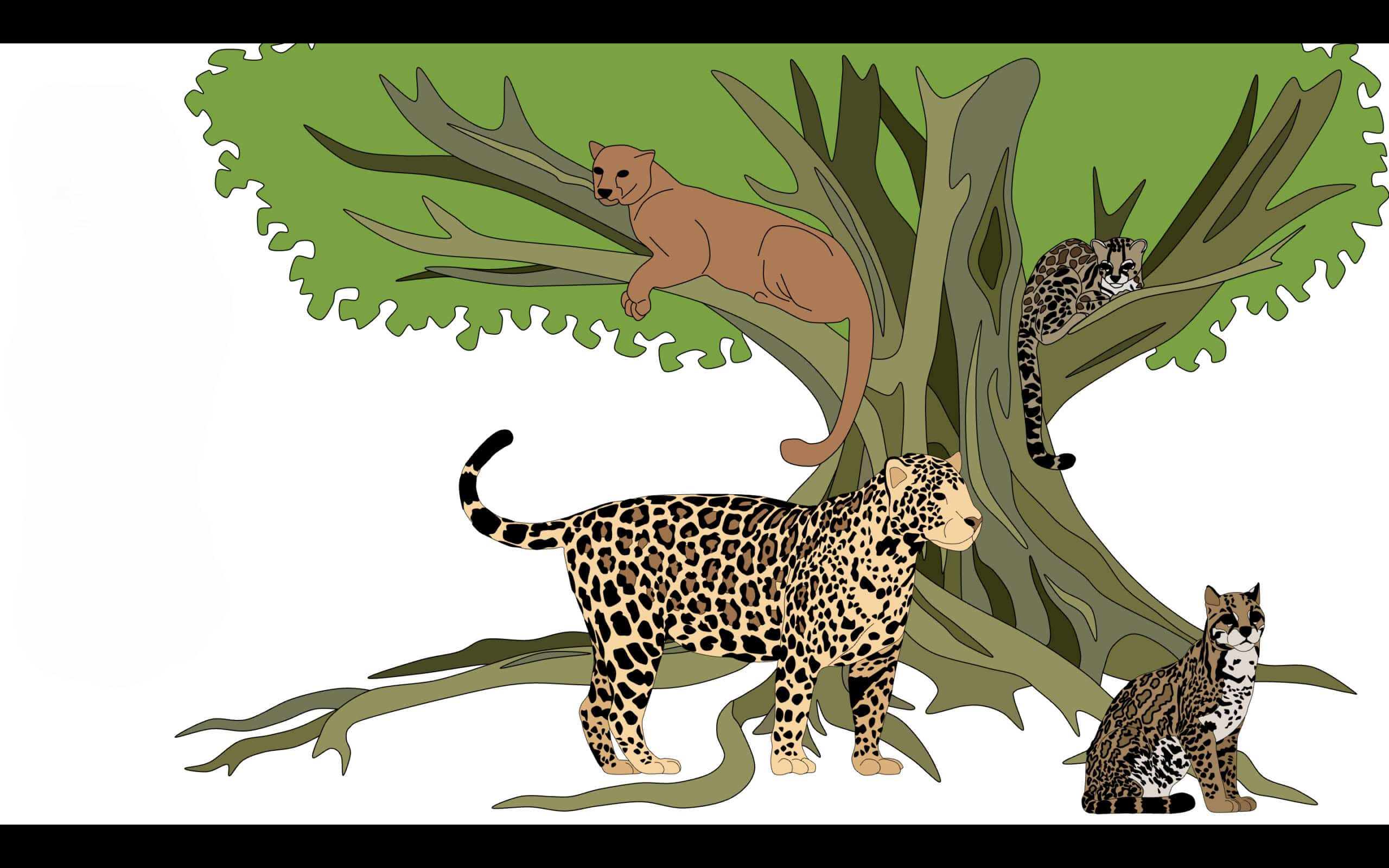Share this article
How Australia Controls Its Wild Rabbits – From The Wildlife Professional Magazine
From the spring issue of The Wildlife Professional.
The use of two diseases and the search for another biocontrol agent
Early last year, vets in Sydney, Australia urged owners of pet rabbits to vaccinate their animals against Rabbit Calicivirus (The Australian 2014), also known as Rabbit Hemorrhagic Disease Virus (RHDV). The virus affects rabbits that haven’t previously been exposed to it, damaging the animal’s liver and spleen and eventually causing its death. RHDV was introduced to Australia in 1995 and is used to control the country’s wild European rabbits (Oryctolagus cuniculus) that have wreaked havoc on agriculture and ecosystems over the last 150 to 160 years (Cooke 2014). As part of the effort, the New South Wales National Parks and Wildlife Service was preparing to release the virus near Sydney in chopped carrots in hopes of protecting native plants and animals against the destructive rabbits (The Australian 2014).
A Burgeoning Problem
European rabbits were introduced to Australia in the late 19th century as a source of protein and as a desired hunting quarry. By the 1860s, they became established. A decade later, they had reached such numbers and caused such devastation of crops and pastures that properties were being eaten out and abandoned (Rolls 1969; Peacock and Abbott 2013). In addition to contributing to soil erosion, burgeoning populations were threatening plant and animal species with extinction. In fact, recent research shows that palatable Australian native plants are very susceptible to rabbit grazing (Cooke et al. 2010; Bird et al. 2012). Rabbits also compete with native animals for food and habitat and can support greater numbers of foxes and cats that can intensify their predation on indigenous species (CSIRO, The European Rabbit).
In 1887, the New South Wales state government offered a reward close to $3 million for a potential solution to the problem. In 1906, desperate pastoralists produced another $1.2 million, but despite efforts to find a successful biological control agent, the problem persisted. In 1923, South Australia passed a Sand Drift Act in an attempt to stop the widespread movement and loss of sand and soil — largely the result of overgrazing and extensive loss of native vegetation caused by rabbits. A few years later, Frances Ratcliffe, a scientist with what’s now known as the Commonwealth Scientific and Industrial Research Organisation or CISRO — Australia’s national science agency — assigned to report on the problem of erosion and sand drift recorded what is perhaps one of the most unfathomable descriptions of the rabbit plague problem along the South Australia/New South Wales border: “… Rabbits had come in such millions that the whole ground seemed to move. Their killing-pen was filled up in a few minutes. There was no point in hitting the rabbits on the head, for they were saving them the trouble by smothering one another (Ratcliffe 1938).”
Control Efforts
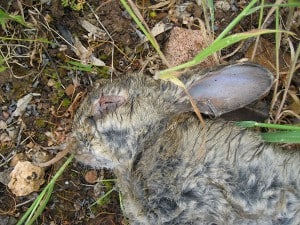
A tagged wild European rabbit with myxomatosis, infected with RHD during the 2008 epizootic, lies dead at the Turretfield agricultural research station in South Australia. Researchers collected two liver samples for RHD sequencing, an eye for aging, and a myxomatosis-affected eyelid for strain analysis.
Image Credit: Ron Sinclair
At the time, farmers tried everything — from fencing and digging the rabbits out of their burrows to using whatever poison they could get their hands on.
Unfortunately most attempts failed and many farmers simply walked off their farms in ruin. Australia was desperate for a solution until the late 19th century when its scientists first discovered the potency of viruses in controlling wild rabbit populations.
Myxomatosis. A few years before the Sand Drift Act was passed, the Brazilian scientist Henrique de Beaurepaire Rohan Aragão wrote to two Australian scientists and sent cultures, recommending the virus myxomatosis for the control of Australia’s rabbit plagues. The virus — discovered in a laboratory in Uruguay in 1896 — is a member of the poxviridae, with its reservoir host eventually ascertained to be the Brazilian wild rabbit (Sylvilagus brasiliensis) and likely transmitted by Aedes mosquitoes (Fenner and Fantini 1999). In 1950, after initial trials in the United Kingdom and in laboratories and field sites in Australia, the biocontrol was ultimately established and the virus was found to kill up to 99.8 percent of infected rabbits. Over time, however, scientists noted that rabbits were beginning to develop resistance making the virus less effective. Further, the virus did not significantly impact the more arid parts of the country due to a lack of suitable vectors.
In 1968, researchers in Australia released the rabbit flea (Spilopsyllus cuniculi) — an ectoparasite that was serving as a principal vector of myxomatosis in Britain (Fenner and Fantini 1999). Unfortunately, the flea did not fare well in arid Australia in areas with less than 200 to 250mm of rainfall (Cooke 1984; Foran et al. 1985). This discovery prompted the research and subsequent introduction of the arid-adapted Spanish rabbit flea (Xenopsylla cunicularis) in 1993 (Mutze 1996). While these new vectors helped improve the efficacy of the myxomatosis biocontrol, the disease did not provide adequate control of rabbits across Australia. Pastoralists and conservationists were acutely aware Australia needed another rabbit biocontrol.
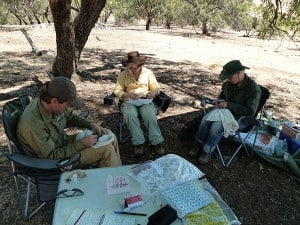
Author David Peacock (left) and colleagues collect blood samples and morphometric measurements from rabbits that were cage-trapped at South Australia’s Turretfield agricultural research station. Earlier at Turretfield.
Image Credit: Ron Sinclair
Rabbit Hemorrhagic Disease. In 1988, during a rabbit flea-hunting trip to Spain, Brian Cooke—Australia’s preeminent rabbit biologist — heard from a local gamekeeper that rabbits were dying from a disease that was not myxomatosis. The disease turned out to be what we now call Rabbit Hemorrhagic Disease (RHD) — caused by a small RNA virus, which can kill O. cuniculus in as little as 48 hours. Since its introduction to Australia in 1995, scientists have seen rabbit populations in some areas initially reduced by more than 95 percent. This was the year the disease also spread, almost certainly by flies, to the 96,000-hectare Flinders Ranges National Park in northern South Australia, where our carcass counts estimated approximately 800,000 dead rabbits on the surface with many more dead in their burrows. In response, native plants such as the very palatable bullock bush or rosewood (Alectryon oleifolius) quickly recovered.
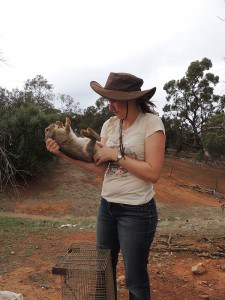
Amy Iannella, a PhD student with the University of Adelaide in South Australia, determines the sex of a trapped rabbit. She checks for gross symptoms of myxomatosis such as infected eyes and lesions before bagging the rabbit for subsequent blood sampling.
Image Credit: Ron Sinclair
In 1996, state agencies began releasing the virus across Australia including at the Turretfield agricultural research station in South Australia and, a year later, began monitoring the impact of RHD across the country. As part of a mark-recapture epidemiological study at the research station that has continued for 18 years, researchers with Biosecurity South Australia—the state government agency that deals with pest incursions and management — have caught and bled over 4,000 rabbits, obtained virus samples from dead rabbits during all observed outbreaks, and investigated the role of RHD and myxomatosis in influencing rabbit survival and abundance (Fordham et al. 2012). The research shows that flies are primary vectors of RHD with as little as one fly spot (from regurgitation or defecation) sufficient to kill a rabbit (Asgari et al. 1998). In addition, research shows that, over time, outbreaks have begun to occur earlier in the year and have become more prolonged, perhaps due to changes in the virulence of RHD and associated development of genetic resistance in the rabbits (Mutze et al. 2014). Further, we are now seeing increased juvenile infection, with most juveniles not dying but developing antibodies — suggesting that the virus might have evolved with an ability to infect younger rabbits. Still, with only one strain of calicivirus available in Australia, researchers are working to identify new field strains to release across the country (Commonwealth of Australia 2011).
Conventional Control Techniques. Although the initial devastating impacts of the biocontrols and their continuing impacts have greatly benefited farmers and the environment, the integrated physical control of rabbits through warren destruction and poisoning with sodium flouroacetate and pindone remain the only effective methods to reduce rabbit numbers by the critical 95 percent to have any lasting impact (Williams and Moore 1995). Toxins such as phosphine tablets and carbon monoxide from pressure fumigations are also used to kill any rabbits that reopen their warrens (Commonwealth of Australia 2011).
A Nation’s Economic Windfall
In a recent assessment, researchers found that the economic benefits of myxomatosis to Australia’s agricultural industries from 1950 to 1995 was approximately $43 billion (Cooke et al. 2013). Since RHD became established in 1995, they calculated both biocontrols combined have provided an additional $14 billion up to 2011. Unfortunately no one has been able to put a value on the environmental benefits of either rabbit biocontrol, but most agree that the benefits have been similarly substantial. Still, the continued impact of rabbits feeding on native plants and pastures is significant and generally unsustainable. As a result, researchers are searching for an additional biocontrol agent that can protect the country’s agriculture and biodiversity. This search began at the Wildlife Disease Association’s 2012 conference in Lyon, France, when I presented on our rabbit research and need for international awareness to assist our search for another rabbit biocontrol agent.
Meanwhile, integrated management and research efforts will continue. Currently experts and industry representatives are assessing whether translocating two rabbit coccidia species, Eimeria intestinalis and E. flavescens, from Western Australia to other parts of Australia is worthwhile in the short-term. For the long term, researchers are considering whether agents such as leporid herpesvirus-4 — a recently described alphaherpesvirus that killed O. cuniculus in Alaska and Canada — or the recently emerged RHDV2 are worthy of extensive investigation. Most importantly there is the need for researchers to spread the message, develop an international network and use that network to detect potential new agents to control this ongoing problem of wild European rabbits in Australia.
Author Bio
David Peacock, PhD, is a biosecurity research officer with the South Australian State Government.
Header Image:
Native Austrostipa grass recovers in semi-arid Flinders Ranges National Park in South Australia in an area where huge rabbit warrens were mechanically destroyed after rabbit hemorrhagic disease arrived in late 1995 and decimated the region’s rabbits.
Image Credit: David Peacock



